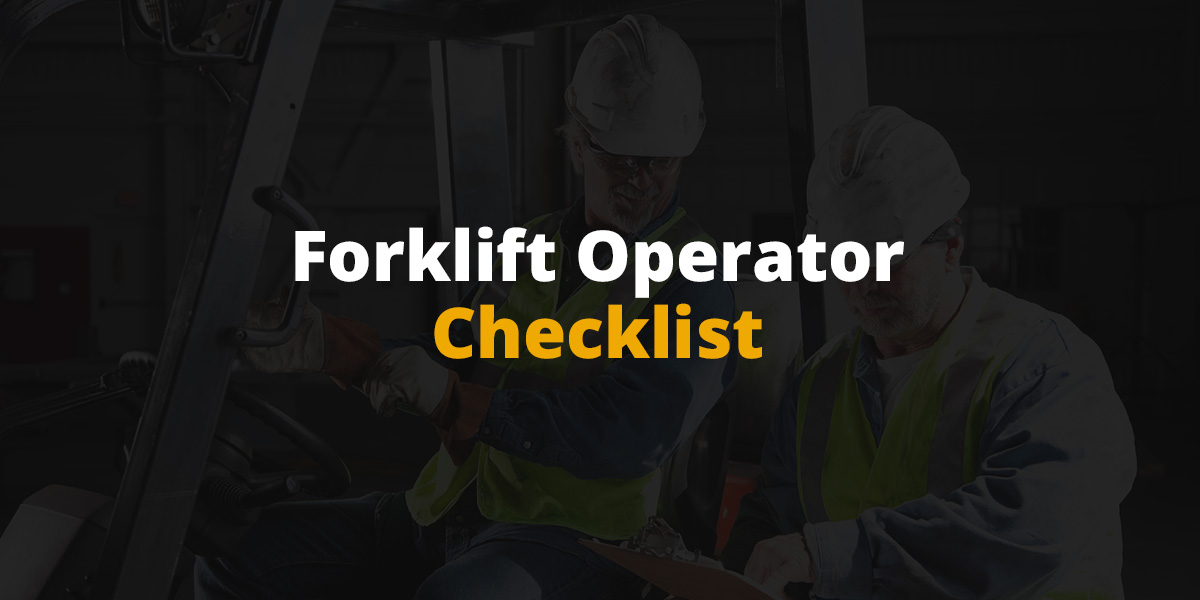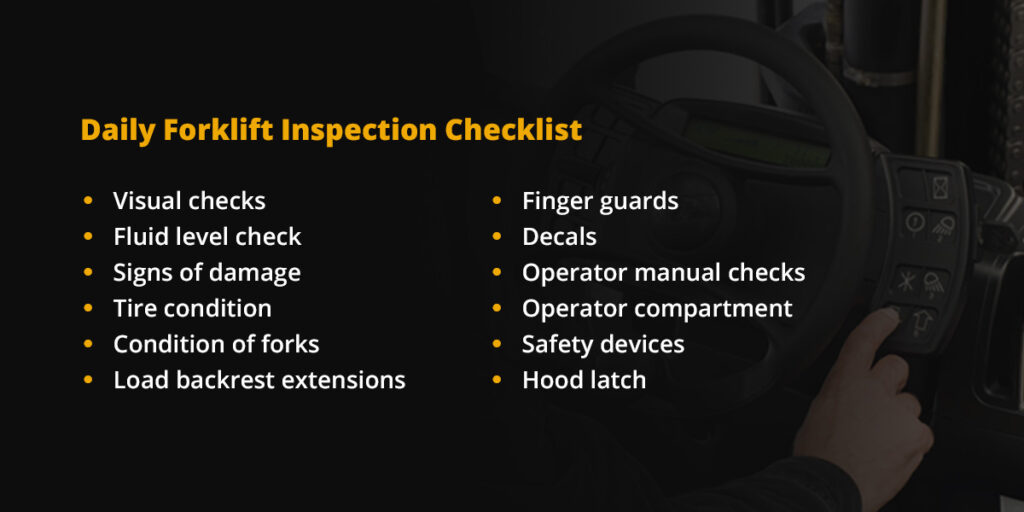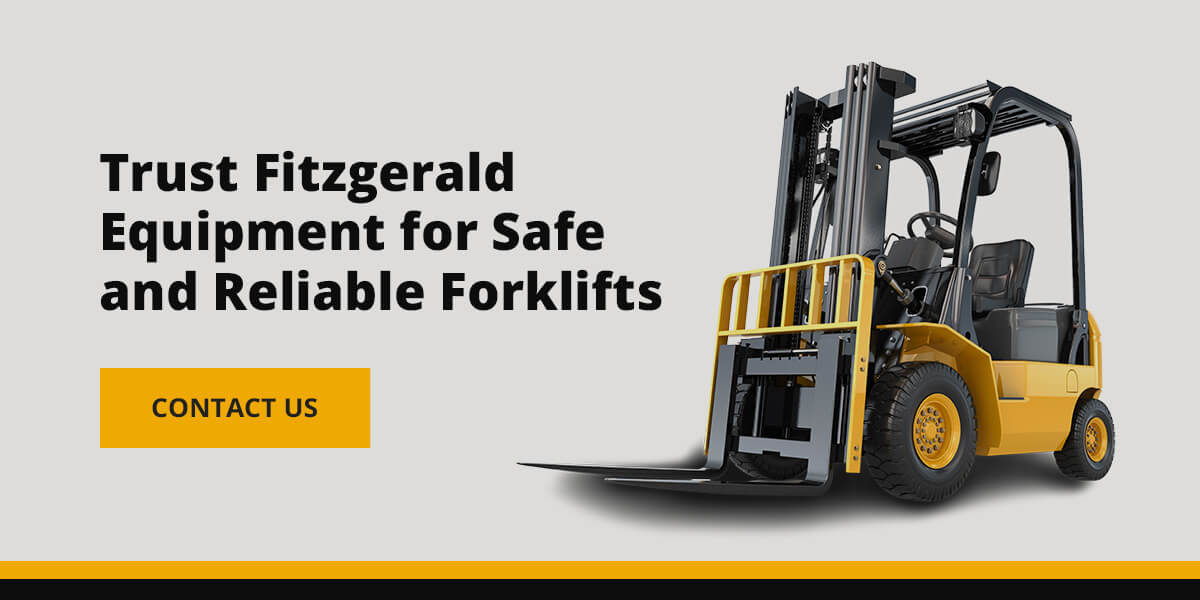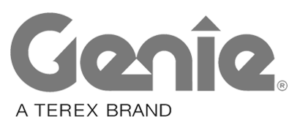
The Occupational Safety and Health Administration (OSHA) considers forklifts to be heavy machinery. OSHA's 29 CFR 1910.178 states that forklifts must be inspected daily or at the start of each shift. Forklift inspections are a critical part of their operation. To keep them properly maintained and safe to use, you need to know what a forklift operator checklist covers and entails.
Learn about forklift operator checklists for different machine types, why you should have one, how often you should use it and what it should cover.
What Are OHSA's Rules on Inspection?
OSHA has strict guidelines about routine forklift inspections. OSHA states that employers must provide forklift operation training for vehicle maintenance and inspection. All businesses are required to enforce and develop written programs for training purposes. These programs must at least cover licensure, forklift operating training, and review and renewal programs.
Training programs should cover every part of forklift operation. OSHA requires the training cover:
- Operation: This category includes the general principles of safe operation, including parking brake use, forklift speeds, handling and all other essential operating functions.
- Forklift attributes: The training must include information about the forklift's characteristics and attributes. The trainee must understand everything about the type of forklift they will operate.
- Workplace hazards: Training must cover what operators should avoid, hazards to beware of and common workplace accidents.
- OSHA standards: OSHA requirements and standards are a key part of these training programs.
All operators must go through training before covering inspections. OSHA's inspection rules require forklift operators to adhere to their company's vehicle maintenance and inspection plan. Training is a vital part of equipment performance, but a forklift running at optimum conditions is what assures safety in the workplace. OSHA additionally states that companies must make a forklift checklist for operators to follow daily or before starting a new shift.
Why Is Inspection Important?
Industry best practice is for all certified workers to conduct daily equipment inspections. These inspections aim to ensure the operator's safety and improve the machine's longevity. Forklifts, like all heavy machinery, can be highly dangerous. Daily inspections ensure that no malfunctions will occur, everything is in working order and the machine is safe to use. Routine inspections also help uphold safety and compliance regulations.
Daily inspections help protect the following:
- Company reputation: A company's reputation or standing can be damaged if equipment fails during a job. Ensuring equipment works optimally before use minimizes the risk of harming a company's reputation.
- Property: Forklifts are capable of serious property damage. Accidents can occur if the brakes fail or the steering is off. A runaway forklift can tear down walls and crush obstacles. Daily inspections make these accidents less likely to occur. Workers will identify potential problems and make repairs before they become more significant.
- Finances: Forklifts are a costly investment. You will get the most out of them with regular checks and maintenance.
- Health and safety: As mentioned before, heavy machinery can do major harm. Inspections are vital to keeping the operator, co-workers and pedestrians safe.

Daily Forklift Inspection Checklist
A forklift daily checklist is a detailed evaluation guide that indicates what operators should do daily before using a forklift. Your pre-operational forklift inspection must consist of a comprehensive evaluation of several factors. Never use a defective vehicle or one that seems unsafe, and be sure to make repairs before using the equipment.
Complete these checks first before starting the engine:
- Visual checks: You must visually inspect the forklift before beginning any other evaluations. Look for any irregularities and signs of damage. Note anything you find during this check.
- Fluid level check: Check the fluid levels while the engine is off. Fluids you should check are the water, oil and hydraulic fluid levels.
- Signs of damage: Look for leaks, cracks, damaged chains and hoses and other notable defects. However, avoid placing your hands or extremities inside the mast. Use a stick or rod to check chain tension instead.
- Tire condition: Tire pressure is an essential part of your inspection. Look for any cuts, tears and gouges in the tires as well.
- Condition of forks: Ensure the forklift's forks are in good condition and clear of dents and damage. Pay close attention to the top clip retaining pin and the heel.
- Load backrest extensions: The inspection must cover the forklift's load backrest extension. This flat steel frame prevents materials from falling onto the driver and is vital to your forklift's safety requirements.
- Finger guards: Ensure the finger guards are secured and in good condition.
- Decals: Make sure all warning decals and safety plates are legible and in place. Ensure the information on the nameplate corresponds with the model, serial numbers and attachments.
- Operator manual checks: Your operator manual should be legible and in the vehicle during operation.
- Operator compartment: Check for debris and grease in the operator compartment.
- Safety devices: Ensure seat belts and other safety devices are in working order.
- Hood latch: Ensure the hood is secure and safely in place.
Daily Electric Forklift Inspection Checklist
If you have an electric forklift, perform these additional checks:
- Cable inspection: Closely examine connectors and cables for exposure and frayed wires.
- Level checks: Check the electrolyte levels. When checking electrolyte levels, use personal protective equipment (PPE), including a face shield, rubber gloves and a rubber apron.
- Battery inspection: Check battery levels and battery restraints before use.
Daily Internal Combustion Forklift Inspection Checklist
If you have an internal combustion forklift, check and test these items during your pre-operational inspection:
- Engine checks: Check engine coolant and oil levels during your inspection.
- Brakes: Ensure your brake reservoir is functional and effective when testing.
- Belts and hoses: Check that all belts and hoses are functioning properly and well-secured.
- Air filter and radiator: Closely inspect these components while the engine is off. If they look clear, turn the forklift on and test them.

Trust Fitzgerald Equipment for Safe and Reliable Forklifts
Fitzgerald Equipment company provides high-quality forklifts that are safe to operate and easy to inspect daily. Your daily forklift inspection checklist is a significant part of keeping your machines reliable and effective. We offer a range of new and used forklifts that we ensure are in top condition. You can also rent forklifts from us for any warehouse needs.
Contact us to find out more about our safe and trustworthy machines. Feel free to ask us questions and learn more about what we can offer you.



